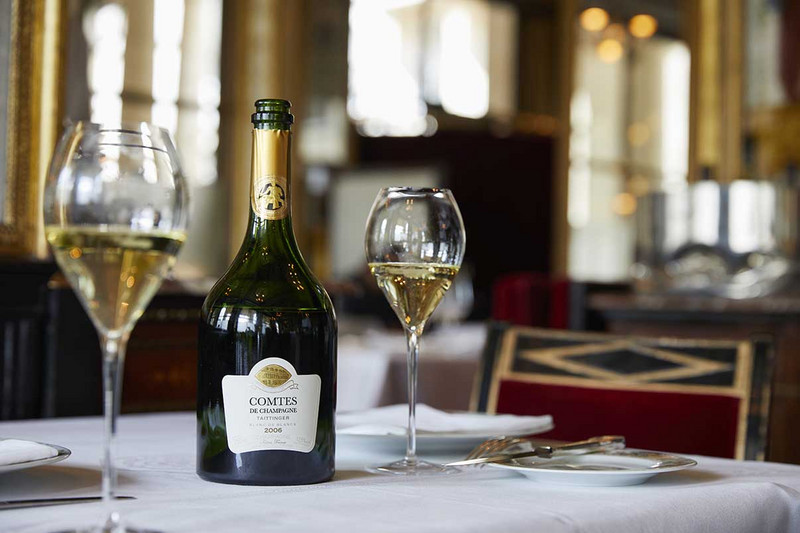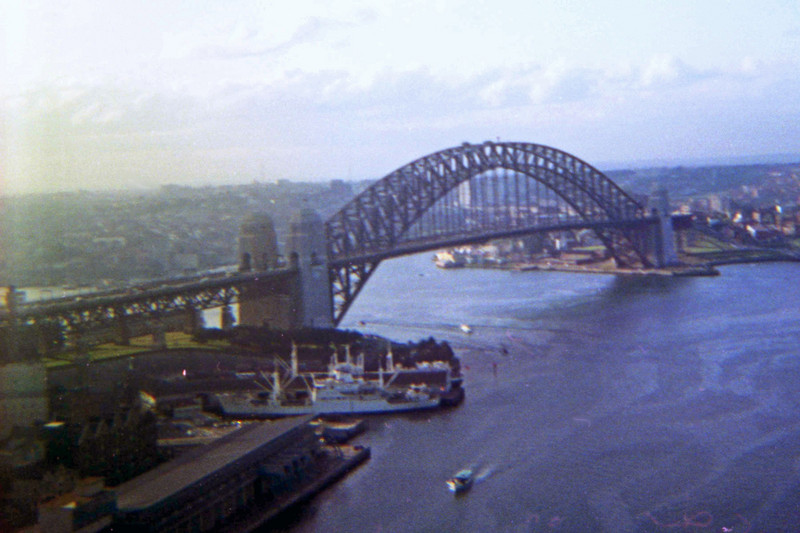So, how does brut rose champagne get its tint? From Bubble and Flute: The quick answer is they totally ignore that pesky little pressing to avoid colour taint rule. All red wines are made from prolonged contact with the black skinned grapes. For ros champagne, there are three specific ways it can be madeBlending (or Ros dassemblage) when still red wine (in varying amounts between 5 and 20%!)(MISSING) is added to the champagne at the blending stage. The still red wine must – of course – be from champagne grapes to qualify for champagne appellation. This means ros champagne producers need to make still red wine too.In the maceration technique, at pressing the black grapes are left to macerate in a tank – with the grape juice in contact with the skins – until the juice is the desired colour. Usually this is for about hours.In ros de saigne, a small percentage of juice is bled off
red grapes. The portion which is bled off (hence the name saigne) then goes through secondary fermentation in the bottle. The rest is used to make still red wine.
Which is best, according to Bubble and Flute? Honestly, its entirely a matter of personal preference. But lets take a look at some pros and cons so you can make up your own minds. (You know my attitude, like what you like and who cares what anyone else says?)Blending is the used technique. This is considered the easiest technique for a consistent result.Macerated ros champagnes is considered to be a technique. Ros champagnes made this way tend to be darker in colour and have stronger fruit flavours.Saigne generally produces the palest and most delicate ross.
I actually dont think most people could actually pick a ros champagne in a true blind tasting (because unless its a blanc de blancs, all champagne contains pinot grapes and flavours),
let alone be able to detect what technique was used but I still find it interesting to know about it. All this does beg the question if the art of champagne making is specifically designed to avoid the colour, flavour (and tannins and histamines) from the dark grape skins does intentionally ADDING them to ros champagne create a contradiction? It is certainly a tricky process for champagne to balance the natural acidity of champagne with the red wine tannin. My personal answer is. if it is a contradiction, my oh my it can be a beautiful one! (And I do love me some contradiction, so I am not too surprised I am so attracted to ros champagne.) Ros is far more popular.. but that could be just my consumption! And you may notice it is usually more expensive. NV Ros can be on a par with the price of vintage champagne. Vintage ross usually cost more than vintage champagne and cuve de prestige Ross also usually cost a LOT more. This is partly because they are rarer. And they are rarer because a house creating a ros champagne will most likely use the blending method. Which means they actually need to make a still red wine first. And making still red wine requires space, equipment, skills etc that are different from the champagne method. And at a price. There is so much diversity in ros champagnes and among my friends it is quite polarizing when I bring a ros to dinner.
But if you are looking for a ros champagne to try, here are a few (actually quite a few!) which I enjoy.
(These are all blended to the best of my knowledge and research unless otherwise stated. I always ask the Chef de Caves or house reps when I meet them about the Ros technique and the grapes blends when I try their Ross because I am so interested to try the different techniques).
Perrier Jouet Blason Ros – 50%!p(MISSING)inot noir, 25%!m(MISSING)eunier and 25%!c(MISSING)hardonnay with 12 to 15%!b(MISSING)lended red wine. Dosage – 10g/l I am pictured with a glass of Blason above. This is my good go to ros champagne.
Ruinart NV Ros – 55%!p(MISSING)inot noir, 45%!c(MISSING)hardonnay – 19%!o(MISSING)f red is blended still wine. Dosage – 9g/l. Being Ruinart, the style is full of chardonnay.









